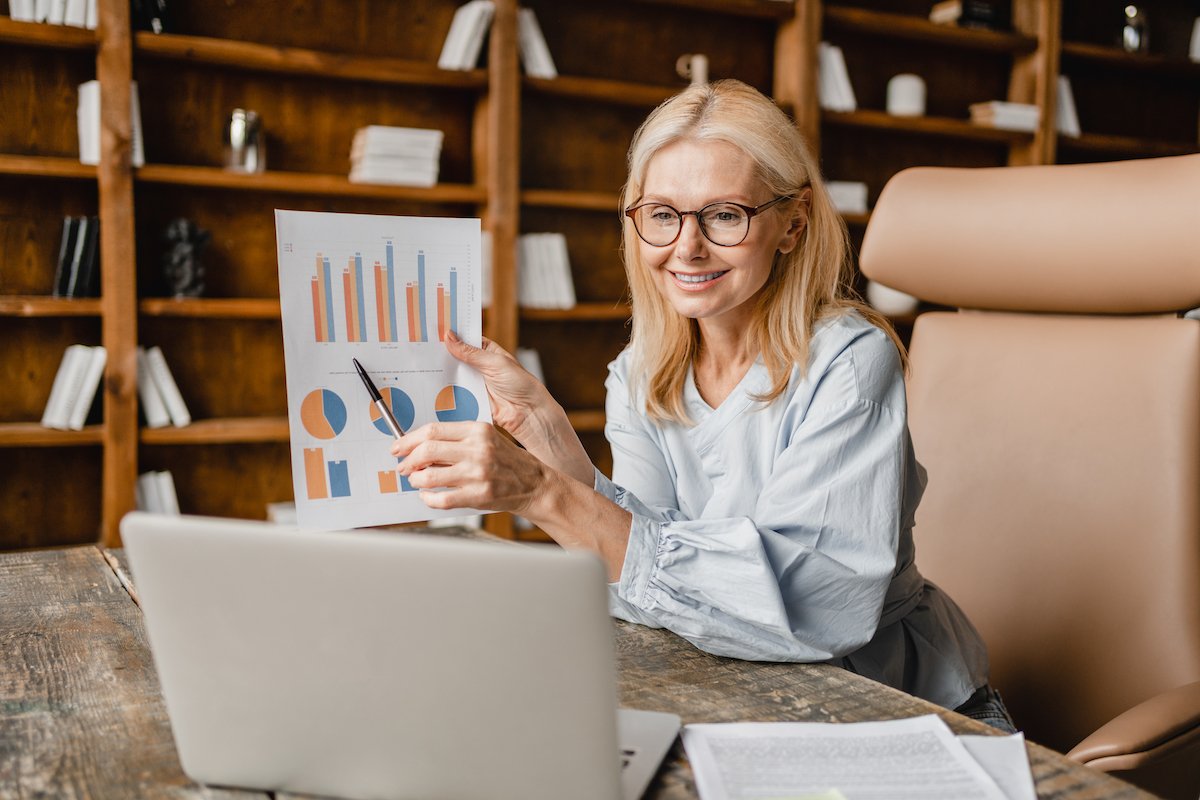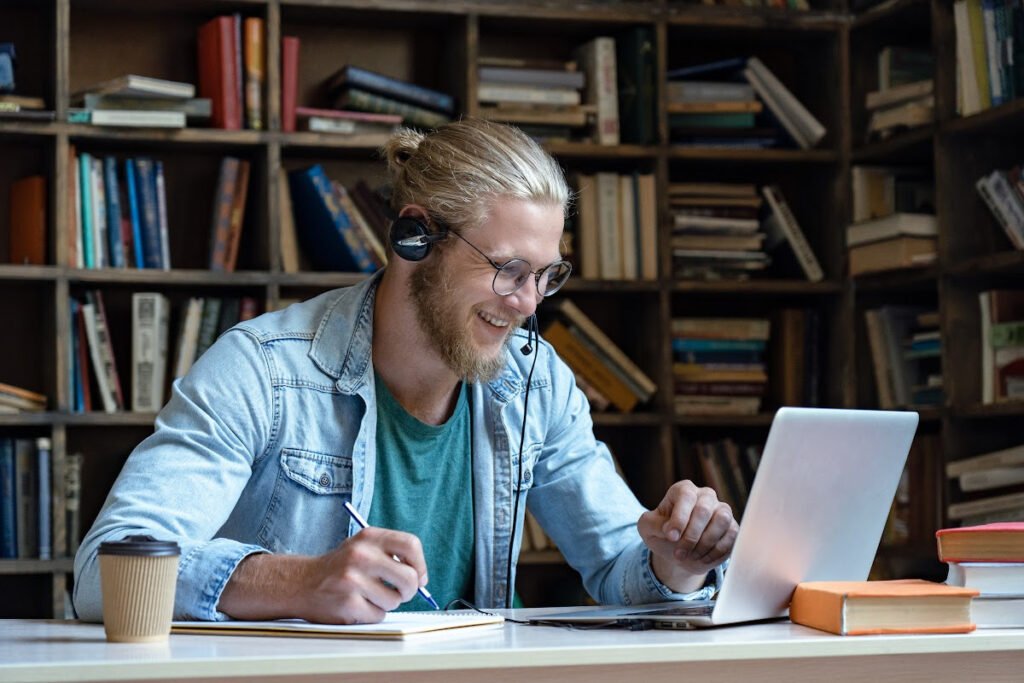A little over ten years ago, when I began delving into studies around conscious and unconscious bias and how they impeded our ability to be inclusive of others, I began my introspection journey to identify what personal biases, hidden or unhidden, I was harboring.
As we’ll learn later in this article, personal biases can show up as neutral, causing no harm to others, ones that cause harm to ourselves, and ones that can harm others. The first hidden bias I uncovered on my journey of learning to be more inclusive as an individual showed up as a neutral bias.
Unveiling Personal Biases: A Journey of Self-Awareness and Growth
As a teenager, my family moved to a wealthy community, despite our income level falling far below the neighborhood’s standards. I vividly remember feeling judged and looked down upon based on how I dressed and the car we owned. While it’s possible that these emotions stemmed from my teenage insecurities and false assumptions about others, this experience forced me to confront a realization: I had unknowingly developed a bias towards the uber-wealthy. As I processed this childhood experience, I recognized that it was a bias born out of my youthful insecurities and not grounded in reality. This introspective journey taught me the power of self-awareness and the importance of unraveling our hidden biases. It was a transformative moment that fueled my dedication to continue my own personal learning journey of identifying, learning to mitigate, or neutralizing my own biases to avoid causing harm to others. I’m still deep in this work, as journeys of learning like this will be a lifelong adventure for each person who embarks on this path.
Over the years, I’ve identified and am working on neutralizing other personal biases that have developed in me, some that have harmed others, which is hard and painful to admit, but true, and others that have caused harm to myself, and many that are just neutral, like my bias towards 80’s rock music over today’s popular music genres. Yes, I still feel like a ‘small-town girl living in a lonely world’ whenever I hear a Journey song on my playlist.
So how does this personal work of becoming more inclusive by discovering and mitigating personal bias relate to cultivating change-ready cultures?
Effectively Cultivate Change-Ready Cultures through Bias Mitigation
In cultivating change-ready cultures, it is paramount for leaders to embark on a journey of self-discovery, acknowledging and addressing their hidden biases. By taking this essential step, leaders strengthen their understanding and become instrumental in guiding their teams to uncover and mitigate biases that hinder a culture of belonging. The harmful impact of conscious or unconscious biases impedes collaboration, innovation, and overall team effectiveness.
By actively engaging in bias exploration and mitigation, leaders create an environment where every team member feels valued, respected, and included. This commitment to fostering a culture of belonging aligns with the ultimate goal of cultivating change readiness, as it empowers individuals to embrace diverse perspectives, challenge assumptions, and drive meaningful transformation.
Let’s explore this concept a bit deeper.
Exploring the Complexity of Human Biases
Biases are deeply rooted in our upbringing, life experiences, and culture. While we may not always be aware of them, they can significantly influence our actions and decisions, both positively and negatively. Bias, defined as prejudice in favor of or against a person, thing, or group, hinders open-mindedness and fosters discrimination.
Many scientists studying human behavior believe that bias is inherent to our nature. Our brains were designed to make quick judgments for survival in the early stages of human existence. These biases can be harmless, such as a preference for warm weather, a favorite color, or a bias towards one genre of books or music over another. These biases are just part of our nature and typically have no negative impact on others. However, biases toward individuals who are different from us can be detrimental and negatively impact the lives of those around us. Unfortunately, sometimes those biases lurk in our subconscious, just waiting to pounce.
Unveiling the Sneaky Culprit: Unconscious Bias
Enter unconscious bias, the sneaky little culprit that wreaks havoc on our perceptions and interactions with others. Unconscious biases are deeply ingrained attitudes or stereotypes that affect our thoughts and feelings toward individuals. Some argue that they stem from biological instincts, operating without rational thought. To gain a deeper understanding, we’ll deep-dive this concept further.
Sigmund Freud compares the mind to a large iceberg, with the tip representing our conscious minds. In this realm, we have full awareness of our thoughts and emotions, operating in a logical and rational manner. However, our unconscious minds, comparable to the iceberg’s base, harbor a reservoir of feelings, thoughts, urges, and memories outside our conscious awareness. These unconscious elements heavily influence our judgments, feelings, and behaviors.
These insights help us grasp how past experiences profoundly influence current beliefs, motives, and decisions, primarily stored in our unconscious minds. Understanding this, we realize that unconscious bias is heavily shaped by the world around us, most especially during our formative years.
Unraveling the Origins of Unconscious Bias
Unconscious bias stems from books we’ve read, music listened to, and movies watched, most especially during our teen years. I’m sure all of us can recall T.V. shows and song lyrics; we grew up with those that stereotyped genders and portrayed intolerant behaviors toward different races. Influence towards bias shows strongly in the name of humor; in the 80s and 90s, culture jokes often targeted ethnic and racial minorities, with comedians making fun of accents and cultural practices. Similarly, gender jokes often poked fun at women – blonde jokes, bad women drivers- you’ve all heard them- jokes that often belittled the intelligence, abilities, and physical appearance of others. Stream almost any comedy stand‑up, movie, or T.V. show from that time, and it’s there for the taking.
Yes, We all can pretty easily recognize how external factors, including our family, social network, the cultural context of the time we grew up in, and political and media influences influence our unconscious bias –
However, our own personal experiences tend to have the most substantial impact due to the emotional connections and interactions involved. Let me lift up a couple of examples illustrating how personal experiences can breed unconscious bias.
Let’s say you previously worked for a female manager whose leadership style you didn’t appreciate or respect, and she treated you poorly and possibly downright disrespectfully—a tough situation that weighed heavily on your emotional state at the time.
This type of stuff happens at one time or another throughout our career journey, but while these situations happen, they do happen with both male and female leaders. But since our personal experience was associated with a female manager, this could have generated within you prejudice towards female leaders, assuming that gender played a part in how that manager treated you.
Experiences like this, and so many others we encounter in our lives, allow our minds to formulate their own reasoning and justification as to why certain situations happen.
It could be an interaction that went bad with a law enforcement officer, or a local politician who was of a different race, a business transaction with someone from a different background than us, personal interactions from our childhood with a parent or step‑parent, teacher, friend, neighbor, that ended up being justified by our unconscious mind that it was related to that person’s personal, political or religious beliefs, race, culture, or gender.
Unmasking Biases: Exploring Hidden Influences
If you’re new to the topic of identifying your conscious and unconscious biases and you’re interested to gain a deeper understanding of your own hidden biases that might be influencing your perception of others, I invite you to explore two of my popular courses on Pluralsight, a popular online learning platform.
The first course, “Generational Leadership: Adapting to the Changing Workforce,” delves into demographic studies, unraveling the reasons behind generational differences. The learnings in this course will help you gain invaluable insights into your colleagues, team members, and even your own beliefs based on the generation you were raised in. Please note that this course primarily focuses on U.S. customs and demographics.
In my course, “Understanding and Counteracting Conscious and Unconscious Biases,” I dive deeper into the concept of bias, exploring its origins, impact, and potential harm it can cause. Both courses provide tools and knowledge to help challenge and counteract conscious and unconscious biases within ourselves and our work environments.
If you don’t subscribe to Pluralsight but would like to explore their vast library of great learning resources, shoot me a D.M. on LinkedIn, and I’ll send you a free trial offer.
The key point I wish to lift up in this article is to understand how crucial it is to acknowledge these personal influences and work towards cultivating a more inclusive and unbiased mindset.
Confronting Unconscious Bias for Personal and Organizational Growth
For the past three decades, extensive research has been conducted on unconscious bias, yielding valuable insights that align and agree on key aspects:
1. Unconscious bias begins to develop at an early age and continues throughout our lives.
2. Unconscious bias has observable effects on our behavior, shaping the way we act and make decisions.
3. Unconscious bias is often more prevalent than conscious bias and can operate independently of our values and beliefs.
4. Everyone holds unconscious beliefs about various social groups, driven by our natural tendency to categorize and organize the social world.
5. The encouraging news is that unconscious biases are malleable. As individuals, we can take intentional and proactive steps to minimize their impact.
The last truth is my favorite as it declares that there is hope! Unconscious biases are malleable! Yeah, all is not lost! We can choose to acknowledge our imperfections as humans and recognize our susceptibility to biases, and we each possess the ability to overcome them. By embracing awareness, education, and intentional actions, we can empower ourselves to navigate the intricate landscape of unconscious bias and cultivate more inclusive and equitable cultures.
When leaders embrace learnings around bias and encourage and provide opportunities for their team members to learn more about conscious and unconscious bias and its impact on others, we foster environments conducive to positive change and growth. Cultures that allow change-readiness to become an inherent part of their organization’s culture’s DNA.




